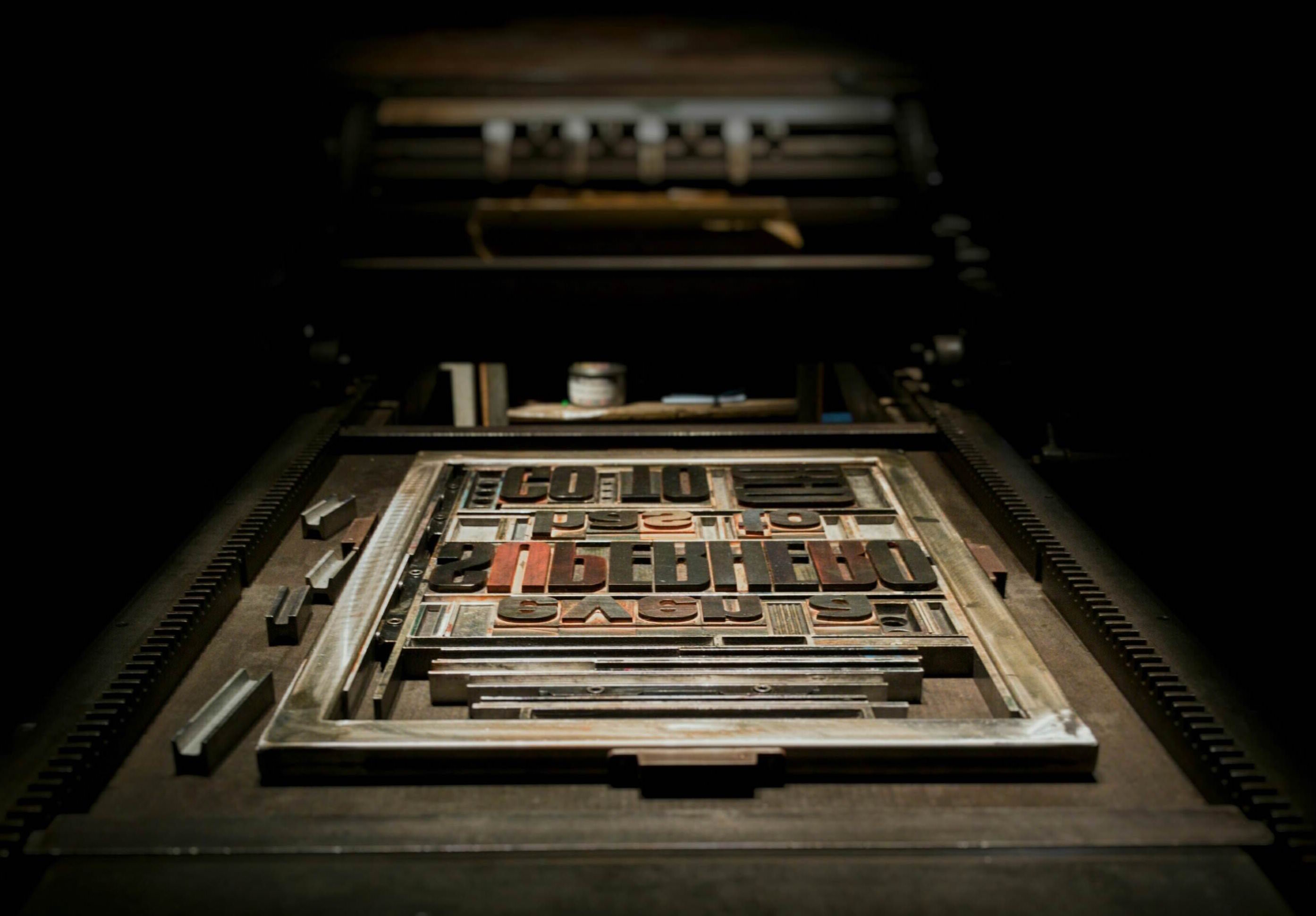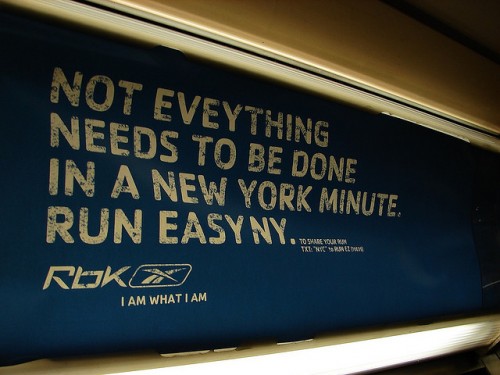
Earlier this month, Hightail and Scripted partnered up to have a little debate about whether copy or design should take the lead when building websites and other digital projects.
The real correct answer, as anyone who works on projects like these will know, is teamwork and collaboration, which beat out territorialism and siloing every time.
To help promote the type of cooperation that we all want to see more of, we’re dedicating this week to learning from one another how we can work better together. Check out my tips below for digital designers about how to work better with writers and more tips from Hightail for writers looking to work better with designers.
1. Copy changes. Keep your designs editable.
Marketing writers love to picture themselves as a combination of F. Scott Fitzgerald and Don Draper; masters of the written word who grace Google Docs with sentences that are equal parts poetic and compelling. As a writer, I know I’m guilty of it. You should have seen me smirk at fitting two B-level references into the previous sentence.

The reality is copy almost always changes a dozen times between the first draft and the final version. That’s why it’s critical for designers to leave room for edits. Work and save in a format that’s editable and use existing fonts rather than hand designing each letter of a painstakingly rendered header.
You may say to yourself, “I should at least be able to lock in the header, right? No way they’ll change the name of the whole campaign.”
But you’d be wrong, and you’ll be the one staying late to re-do the header image when All You Can Eat Lobster becomes Lobsterpalooza.
2. Make multiple versions
Yes, you’re the designer. You’re the one paid to have great taste and design knowledge. In a perfect world, your opinion should probably be law on all things design related.
But we don’t live in a perfect world and we’re both going to be a lot better off if you provide a handful of options, at least at the concept stage, to choose from. I’m likely trying to match a past campaign or instructions given to me by other people on the marketing campaign. Even if your favorite design is technically the most attractive, it might not be the best fit.
Avoid the whole issue by providing a few options for the final design. A little extra work at the start can avoid a total rework at the end of the project.
3. Ask for examples of work they like
Kerning? Pull quote? Logotype? I have no idea what these words mean.
Well, now I do, but I didn’t before I entered “simple design terms” into Google.
The point is that I cannot tell you what I’m envisioning using technical design terms. My ignorance isn’t your fault, but you can bet that almost any writer will have trouble communicating the type of design they see in their mind’s eye in a way that will enable you to build it.
One great way to get around this issue is to ask your writer for examples of web pages with a tone and style that is close to what they want for this particular project. You’ll get clearer guidelines on the design direction, and you’ll also push them to think more critically about what exactly they want.

And don’t hesitate to advise them on how to better describe the design elements they’re asking for – it will educate them and help you both to work better together in the future. This post is a great starting point.
4. Always do a copy review
I’m going to let you in on a little secret: copywriting is hard. People with decades of writing experience will still make plenty of typos, especially on longer documents and it’s way harder to spot them in your own work.
That’s why it’s always a good idea to make sure that each piece of copy is reviewed by someone else with strong writing skills.
Your role as a designer in this process is never to pass on your work for publishing until you’ve had it reviewed for copy errors. It’s an annoying last step, sure, but it will also ensure you’re less likely to have to explain how the word “Eveything” made it into a national ad.

Be warned. It can happen to you
5. When requesting copy, be specific.
In design-led projects, you may find yourself in a position where the design comes before the copy, and you’ll need to find something fill in extra space with. In these cases, be as specific as you can with your copy writer.
I can’t tell you how many times I’ve been asked for a “blurb” or a “snippet” on a vague concept like the “customer journey”. That leaves it in my court to seek clarification or to make something I know I’ll have to edit later.
To give you a hand, here’s my handy dandy mini copy request outline. When requesting copy, provide your writer with at least these things:
- The maximum and minimum number of the characters that will fit well within the space.
- A thorough description of the target audience
- A draft of the final design, indicating where the copy will go
- Past examples of similar work for the company, project, or series (if relevant).
Cooperation is a beautiful thing, and it’s definitely going to help you create a better final product. If you’re a writer looking for similar advice, make sure to check out Hightail’s post on working with designers.




